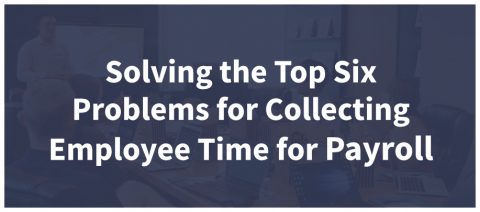Managing payroll is painstaking and time consuming. More than the effort, the time and the complications can make your job difficult. To make payroll management a cakewalk you need the right tools. You don’t need to hire an HR firm or a full-time HR manager. You don’t need to race against time either. All you need is the ideal solution.
Here are four more payroll tips that can be of immense help.
- You should have timesheets. Your employees may be paid weekly or monthly but the wages will be calculated based on the amount of time they have worked, or the number of days they have turned up. Some companies pay hourly while some have a system of paying daily wages, based on the number of days one has worked in a week or month. Whatever your company policy is, you would need timesheet software. Timesheet automation can make payroll management much simpler. You don’t need to spend endless hours trying to tally the hours your employees have put in or how many days employees haven’t turned up for work. The timesheet software will do it for you.[gap height=”20″]
- You shouldn’t pick a timesheet software that doesn’t offer any other features. You need a full-suite software that will help you automate every process that can run without human intervention. From managing the employee database to calculating salaries, incentives and adjusting for taxes or absenteeism, everything should be taken care of by the payroll software.[gap height=”20″]
- In addition to timesheet automation, you must automate federal and state taxes. Anyone who has worked on federal and state taxes knows how time consuming it can be. More importantly, at the end of the day it turns out to be an exercise that has no productive value for the business. Automating federal and state taxes will ensure that you keep paying taxes on time, which can avert fines or penalties. Automating will also greatly reduce the chance of errors in calculating taxes and save you time and effort.[gap height=”20″]
- You should classify your employees. You may have part-time and full-time employees, freelancers or contractors, remote and onsite employees. The more finely you classify your employees, the better it is. You also need to factor in the taxes, as professional and corporate taxes vary for employees and contractors. You cannot classify interns, freelance contractors and full-time or permanent employees in the same group.














